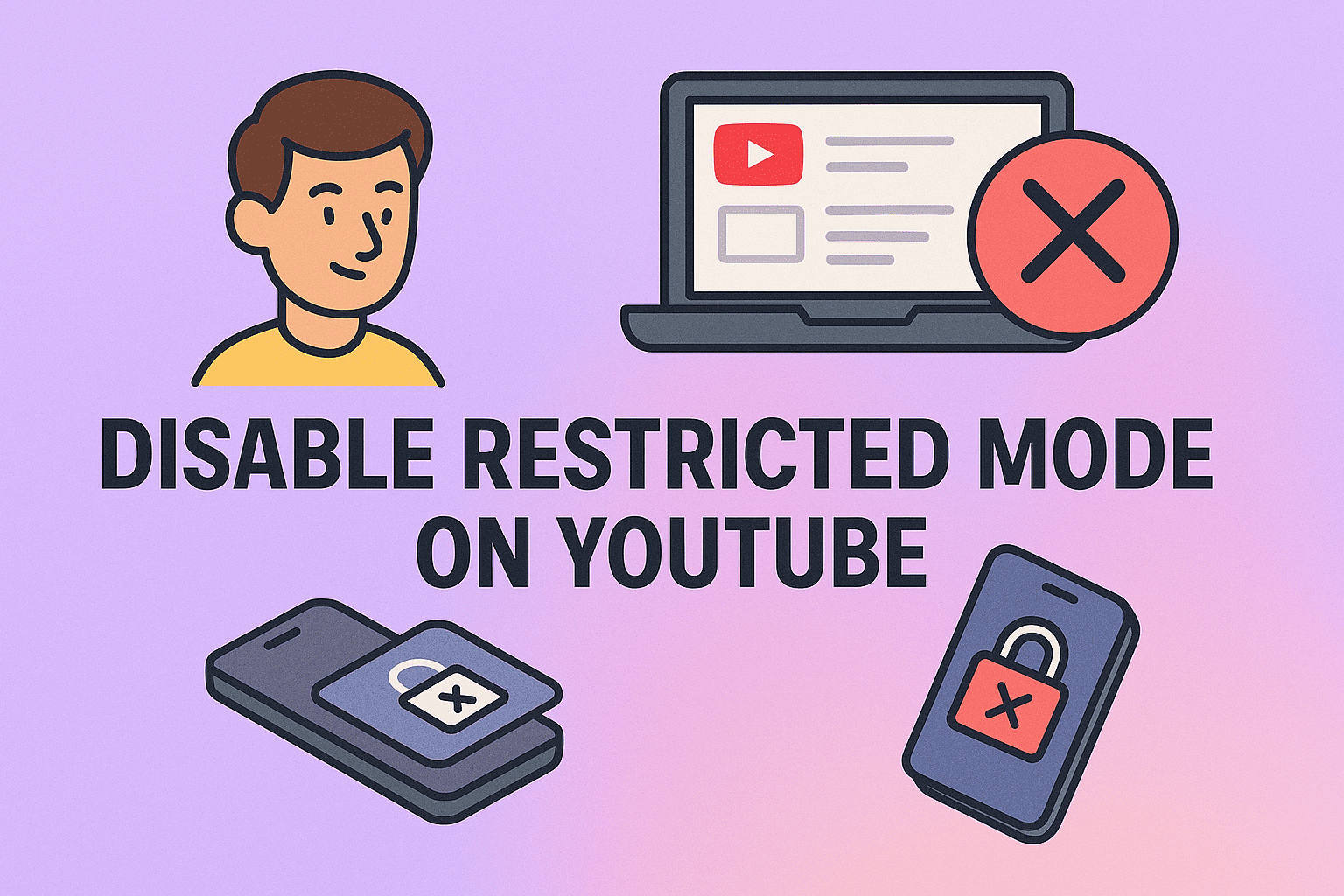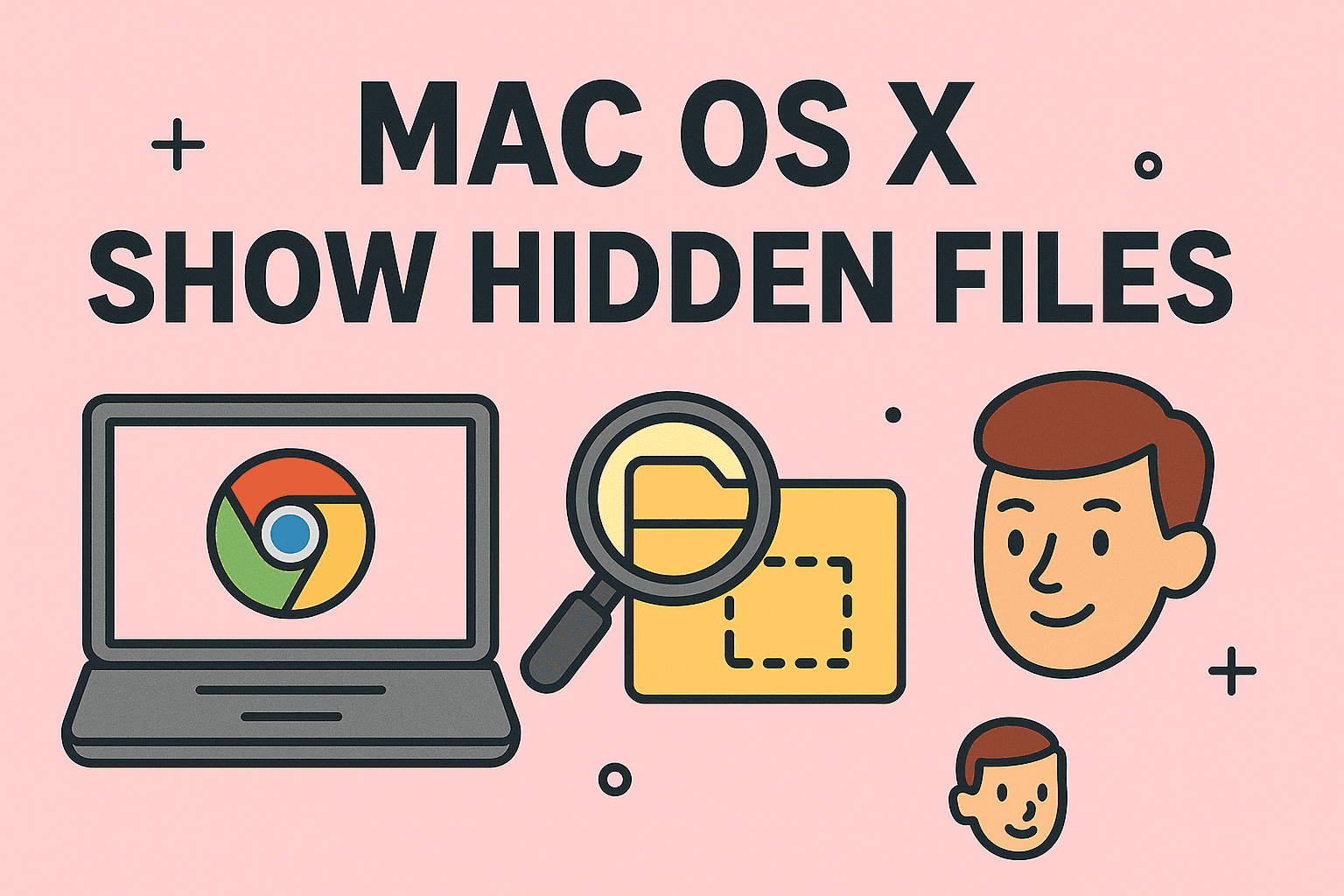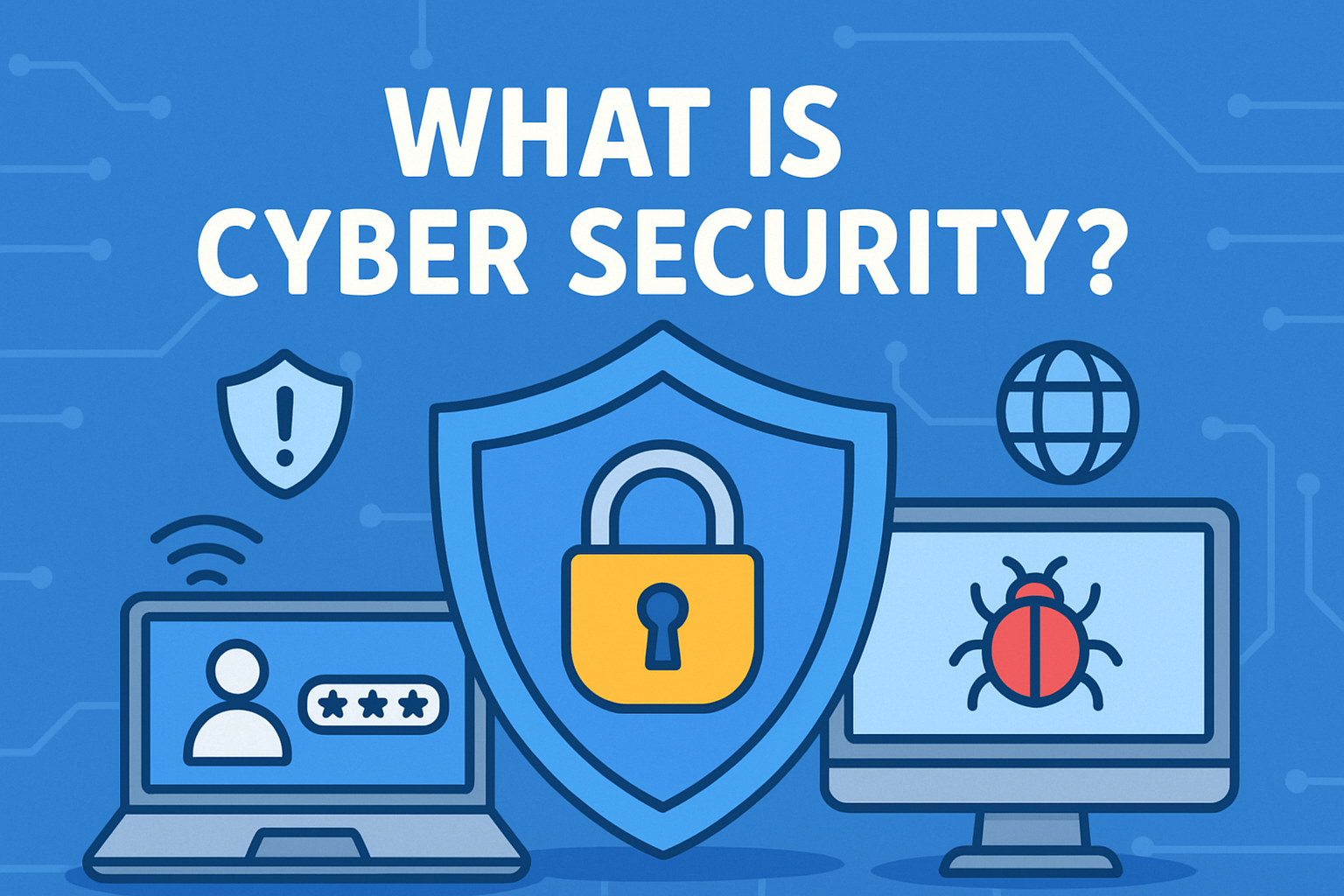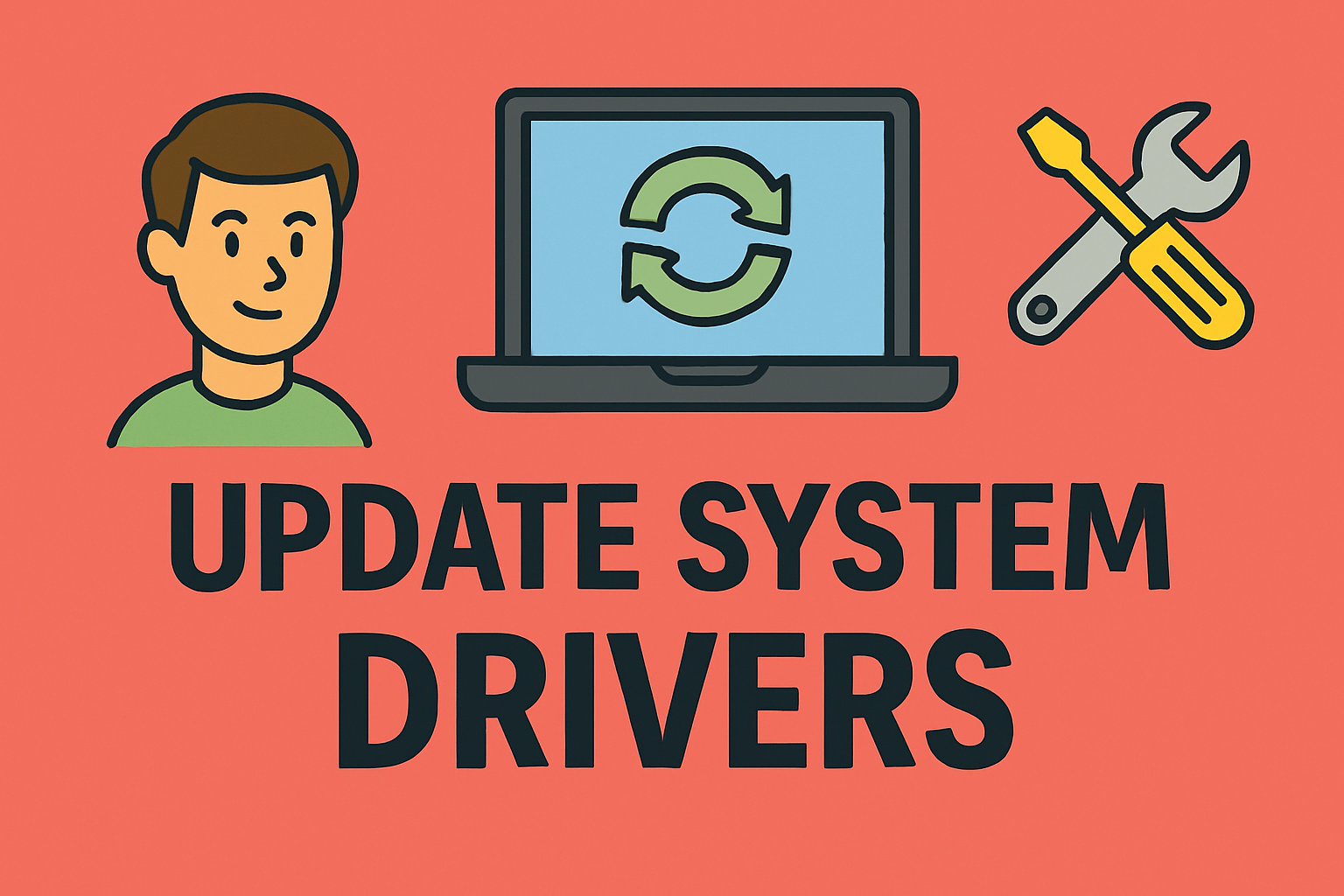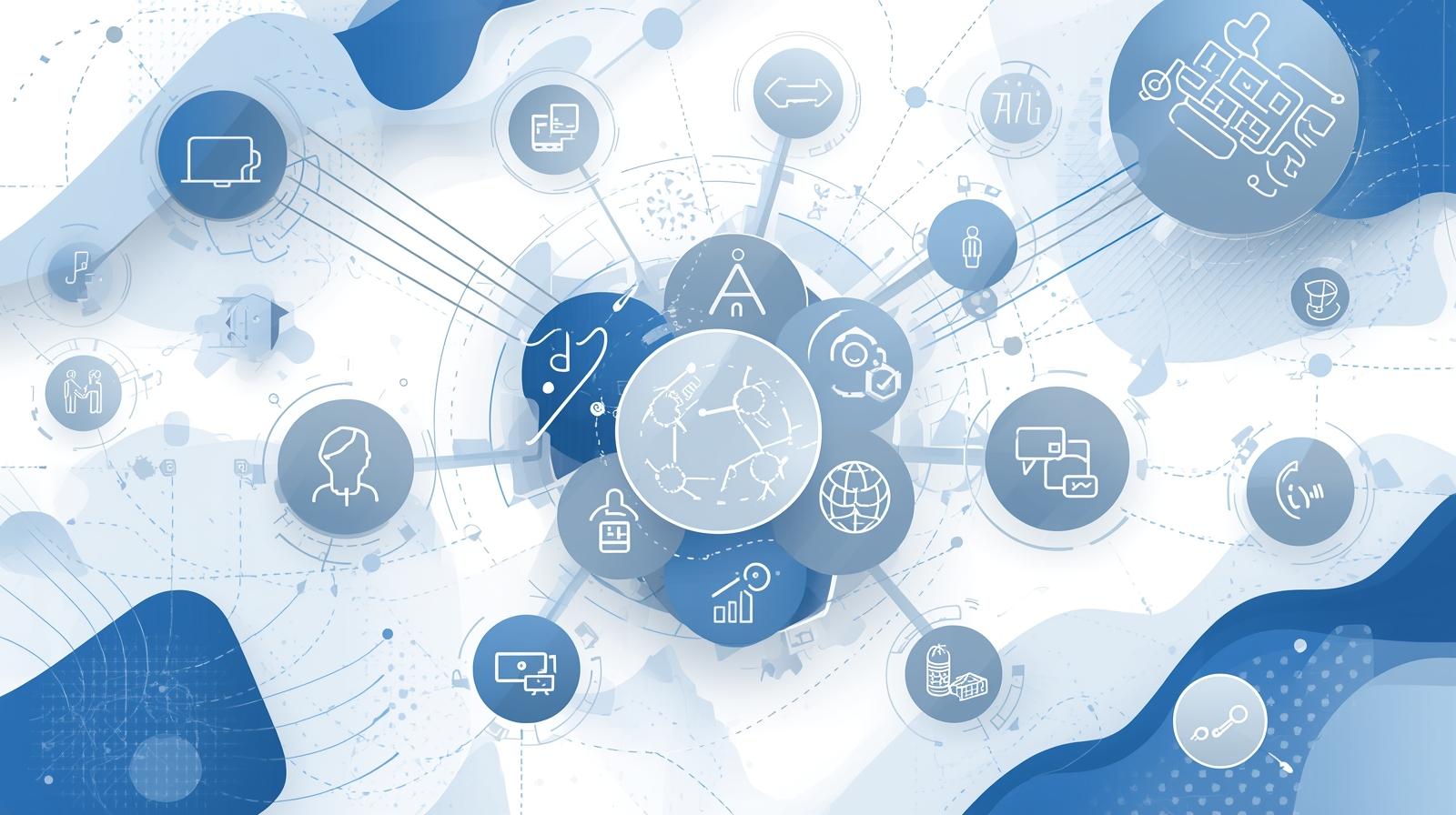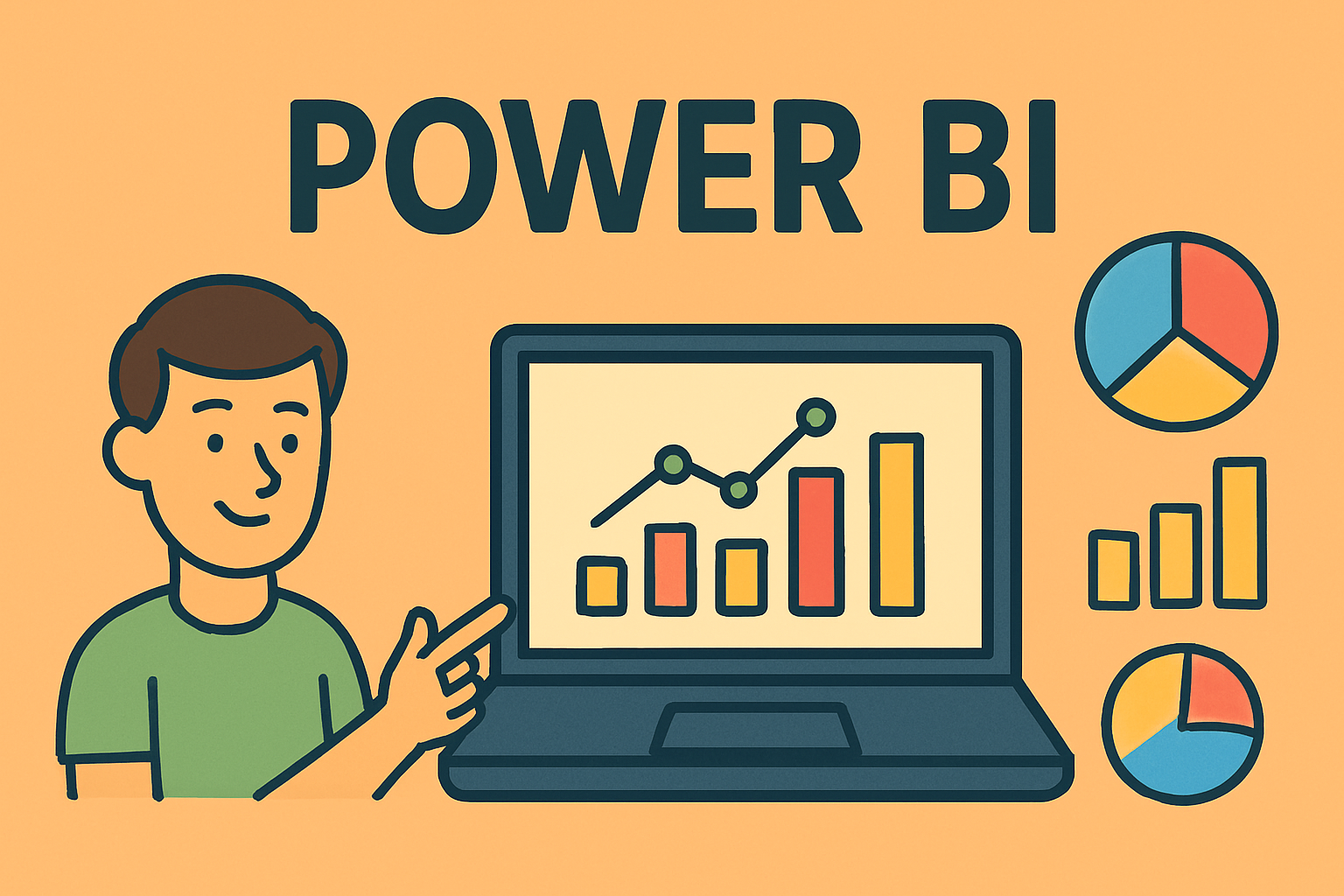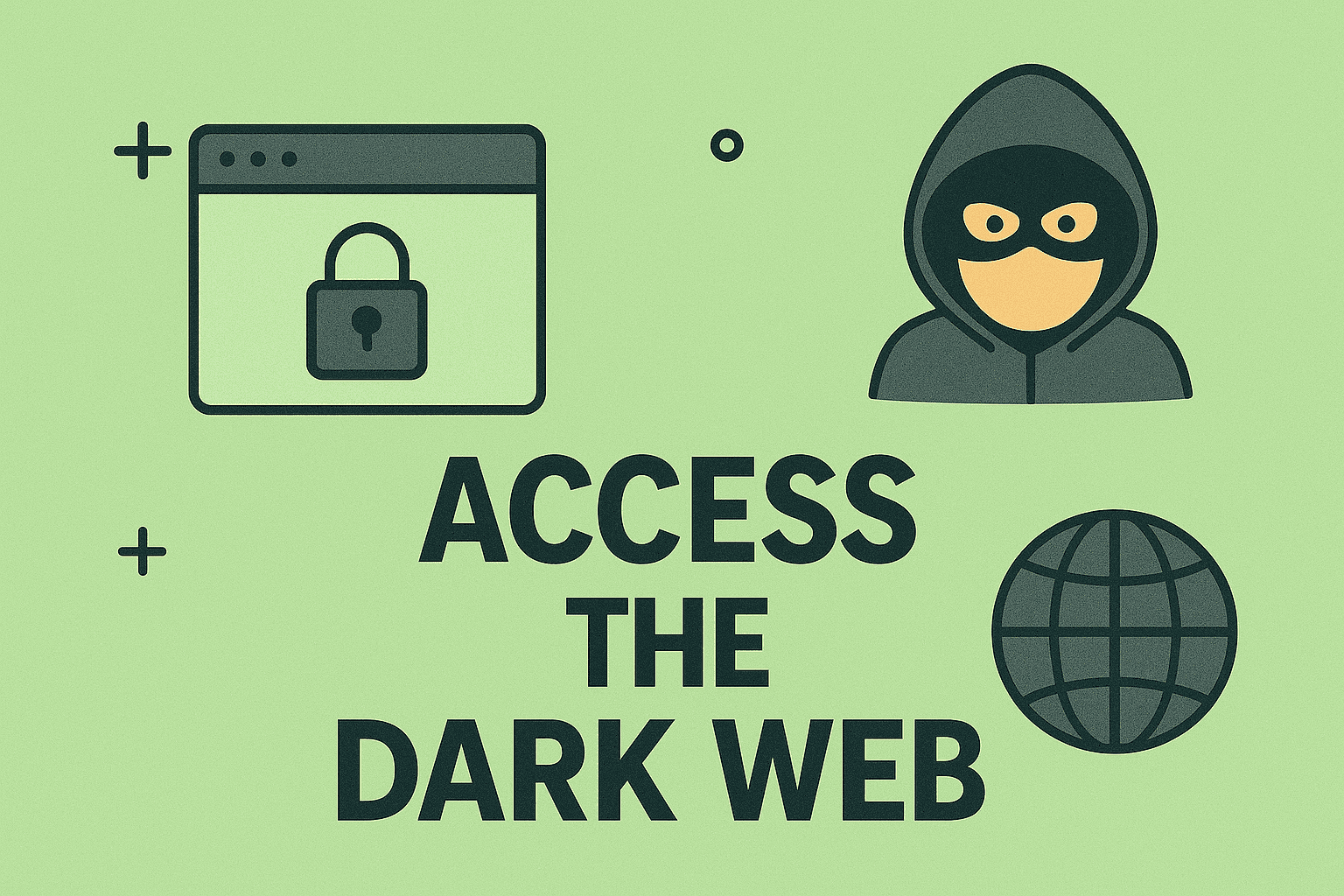Your Network Is Only as Safe as the Eyes Watching It
Updated on July 1, 2025, by ITarian
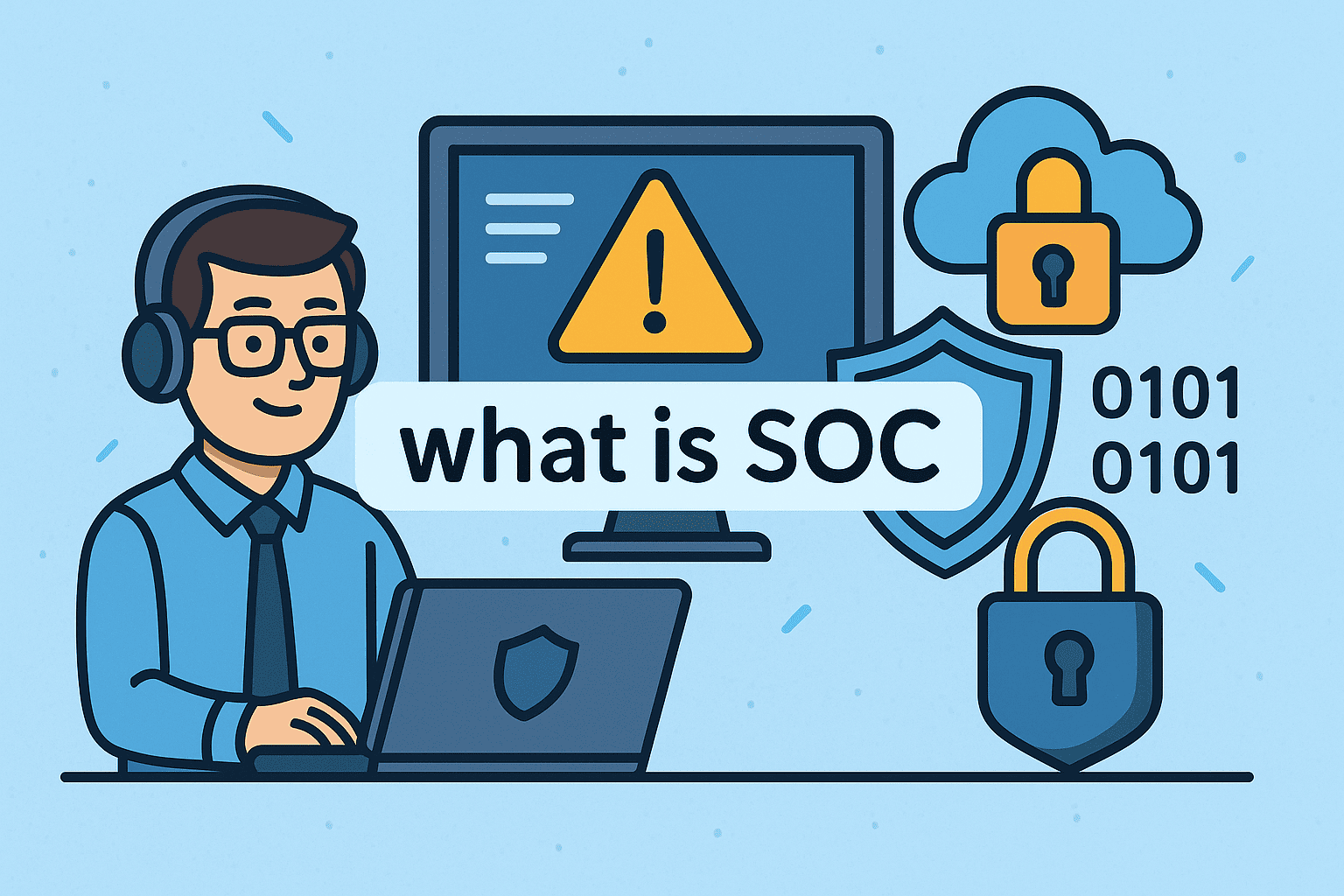
Cybersecurity threats are relentless. In 2024 alone, global cyberattacks rose by over 40%. But how do businesses respond to these growing threats in real-time?
This is where a SOC comes into play. If you’ve ever wondered what is SOC, you’re about to uncover one of the most critical components in modern cybersecurity. A Security Operations Center (SOC) functions as the digital nerve center for monitoring, detecting, and defending against cyber threats.
Whether you’re a cybersecurity expert, IT manager, or founder, understanding how a SOC operates is essential to fortifying your organization’s defenses.
What Is SOC in Cybersecurity?
A SOC (Security Operations Center) is a centralized team of cybersecurity professionals and processes that work 24/7 to protect an organization’s information systems.
The SOC serves as the frontline defense, identifying and mitigating cyber threats before they cause damage.
It typically includes analysts, engineers, and incident responders who monitor system activity, analyze security alerts, and respond to threats in real-time.
Primary Functions of a SOC:
- Real-time monitoring and alerting
- Threat detection and analysis
- Incident response and triage
- Security information and event management (SIEM)
- Compliance reporting and log management
Why Your Business Needs a SOC
If you’re running a digital-first business or storing sensitive data, a SOC isn’t optional—it’s essential. Here’s why:
- 24/7 threat detection: Hackers don’t take weekends off, and neither does your SOC.
- Rapid incident response: Minimizes damage and reduces downtime.
- Improved visibility: Complete oversight of all network activity.
- Compliance assurance: Meets regulatory standards (HIPAA, PCI-DSS, GDPR).
- Data protection: Defends against ransomware, phishing, and insider threats.
For CEOs and IT leaders, a well-functioning SOC provides peace of mind that your digital assets are being constantly protected.
Key SOC Roles and Responsibilities
Let’s break down the SOC roles and responsibilities critical to a well-functioning security center:
1. SOC Manager
- Oversees daily operations and ensures compliance.
- Coordinates with other departments and leadership.
2. Security Analysts (Tier 1, 2, 3)
- Tier 1: Monitors dashboards, investigates low-level alerts.
- Tier 2: Deep-dive analysis and threat correlation.
- Tier 3: Handles advanced persistent threats and reverse engineering.
3. Incident Responder
- Acts during active breaches.
- Coordinates remediation and post-incident analysis.
4. Threat Hunter
- Proactively searches for vulnerabilities or unknown threats.
- Uses threat intelligence to prevent future attacks.
5. Security Engineer
- Maintains SIEM tools, firewalls, and intrusion detection systems (IDS/IPS).
Inside the SOC: How It Operates
Understanding how a SOC works helps businesses build trust in their cybersecurity strategy.
Key Components:
- SIEM Tools: Aggregate logs and detect anomalies. (e.g., Splunk, IBM QRadar)
- SOAR Platforms: Automate response workflows and improve efficiency.
- Threat Intelligence Feeds: Provide real-time updates on emerging threats.
- Dashboards: Visualize KPIs like incident counts, response time, etc.
Daily Operations Include:
- Log Monitoring
- Event Correlation
- Alert Prioritization
- Threat Verification
- Incident Response and Recovery
In-House vs. Outsourced SOC: What’s Best?
Both models have their pros and cons:
| Factor | In-House SOC | Outsourced SOC (MSSP) |
| Cost | High setup cost | Monthly service fee |
| Control | Full control | Shared visibility |
| Scalability | Requires internal resources | Easily scales |
| Expertise | Needs hiring/training | Access to specialized experts |
| Availability | 24/7 only if staffed | 24/7 coverage included |
Pro Tip: SMBs often start with a Managed SOC provider before building an internal team.
Benefits of a Modern SOC
Modern Security Operations Centers deliver more than just monitoring:
- Enhanced situational awareness across all endpoints
- Faster incident response times through automation
- Reduced risk of data breaches
- Improved audit readiness
- Alignment with business goals and IT strategy
SOC in the Cloud Era
With businesses migrating to cloud platforms, SOC in cybersecurity has evolved. Cloud-native SOCs use AI and machine learning to analyze vast datasets in real-time.
Features include:
- API integrations across cloud services
- Container and workload monitoring
- Cloud compliance reporting (AWS, Azure, GCP)
Actionable Steps to Build Your SOC Strategy
- Assess current security maturity using a gap analysis
- Define your scope: What systems, users, or data require monitoring?
- Choose a model: In-house, hybrid, or outsourced
- Deploy SIEM/SOAR tools with skilled personnel
- Establish playbooks for response and escalation
- Review and optimize quarterly
FAQ: Common Questions About SOC
1. What does SOC stand for in cybersecurity?
SOC stands for Security Operations Center, a centralized unit that monitors and defends an organization’s IT infrastructure.
2. Is a SOC the same as a NOC?
No. A SOC handles security threats, while a NOC (Network Operations Center) focuses on network performance and uptime.
3. Do small businesses need a SOC?
Yes. Cybercriminals often target smaller businesses due to weaker defenses. A managed SOC is a cost-effective solution.
4. What’s the difference between SOC and SIEM?
- SIEM is a tool used within the SOC to analyze data.
- SOC is the operational team that uses tools like SIEM to protect systems.
5. How much does it cost to run a SOC?
Costs vary widely. An internal SOC can cost $500K+ annually, while managed SOC services may range from $1,000 to $10,000/month, depending on scope.
Final Thoughts: The Digital Security Nerve Center
Understanding what is SOC is more than just technical jargon—it’s your organization’s first and last line of defense against evolving cyber threats.
From real-time threat detection to strategic compliance readiness, a well-structured Security Operations Center is essential for every business operating in today’s digital ecosystem.
Ready to safeguard your network with world-class SOC services?
👉 Get started with Itarian now and fortify your business from cyber threats.

